#greenenergy
Photo

The claim, which has the backing of institutional investors with over 12 million shares in the company, is said to be the first case in the world seeking to hold a board of directors liable for failure to properly prepare for the energy transition. Environmental law firm ClientEarth, in its capacity as a shareholder, filed the lawsuit against the British oil major’s board at the high court of England and Wales.
It alleges 11 members of Shell’s board are mismanaging climate risk, breaching company law by failing to implement an energy transition strategy that aligns with the landmark 2015 Paris Agreement. “The shift to a low-carbon economy is not just inevitable, it’s already happening. Yet the Board is persisting with a transition strategy that is fundamentally flawed, leaving the company seriously exposed to the risks that climate change poses to Shell’s future success — despite the Board’s legal duty to manage those risks,” Paul Benson, senior lawyer at ClientEarth, said in a statement. Source: CNBC (link in bio) #renewables #future #greenenergy https://www.instagram.com/p/CqdIkQBreV2/?igshid=NGJjMDIxMWI=
92 notes
·
View notes
Text

Charting a path to a sustainable future! 🌍 The Middle East leads in renewable energy investments, combating climate change head-on. Read more about the region's commitment to clean energy
8 notes
·
View notes
Text
#solarpanel#solarenergy#solar#solarpower#solarpanels#renewableenergy#solarsystem#greenenergy#gogreen#cleanenergy#gosolar#solarpowered#energy#solarpv#solarinstallation#photovoltaic#sustainability#solarcell#renewables#panelsurya#renewable#environment#plts#inverter#sun#sustainableenergy#energiasolar#offgrid#sunpower#electricity
2 notes
·
View notes
Link
#nanotechnology#energy#electricity#engineering#scienceandtechnology#sustainability#greenenergy#innovation#futurism#earth#wood#forestry#materialsscience
29 notes
·
View notes
Text
Green Energy: Its Need
#NeedToKnow: Green energy
“Alternative energy generator windmills“/ CC0 1.0
Green energy refers to renewable and environmental friendly sources of power, such as solar, wind, hydro, and geothermal energy, which have lower environmental impacts compared to traditional fossil fuels. These sources play a crucial in mitigating climate change and reducing dependence on non-renewable resources.
Geothermal energy
Photo by…

View On WordPress
2 notes
·
View notes
Text
Wind Farms: Harvesting Energy on a Grand Scale
Wind farms represent the vanguard of renewable energy, showcasing how the forces of nature can be harnessed on a grand scale to power our cities, industries, and homes. These sprawling complexes of towering turbines are becoming an increasingly common sight across vast tracts of land and coastal areas around the world, symbolizing the shift towards sustainable energy production.
The Composition of Wind Farms
A wind farm is an assemblage of multiple wind turbines in a single location used for the production of electric power. A large wind farm may consist of several hundred individual wind turbines, and they cover an extended area of hundreds of square miles. The land between the turbines may be used for agricultural or other purposes. For instance, the Gansu Wind Farm in China stretches over 7,965 square miles, an area larger than some countries.
Site Selection: A Crucial Step
The placement of a wind farm is a meticulous process that involves consideration of wind patterns, environmental impact, and proximity to the grid. Optimal sites are usually in areas with steady, strong winds averaging at least 14 miles per hour. According to the Department of Energy (DOE), wind farms on the U.S. coasts and Great Lakes could generate more than twice the amount of electricity used by the entire country. Coastal areas have the advantage of offshore wind farms which can utilize stronger ocean winds and have less visual impact on the community.
The Technology Behind Wind Farms
Wind turbines in these farms are equipped with state-of-the-art technology to maximize efficiency and minimize downtime. Turbines are now smarter, with sensors and automated systems that adjust blade rotation and orientation to the wind for optimal energy capture. Many have a capacity of 2-3 MW each, with some of the largest offshore turbines boasting a capacity of up to 12 MW. The DOE states that a 2 MW wind turbine can supply electricity to over 500 homes.
The Economics of Wind Energy
Wind farms are economically compelling as well. The cost of wind-generated electricity has plummeted over the past decade, with the International Renewable Energy Agency (IRENA) reporting that onshore wind power is now among the cheapest sources of electricity in many parts of the world. Wind farm projects also create jobs, both in construction and maintenance; the Global Wind Energy Council (GWEC) reported that the sector employed 1.2 million people worldwide as of 2021.
Impact on the Grid and Energy Markets
Wind farms play a significant role in grid stability and energy markets. As intermittent sources, they are often backed by energy storage systems or integrated into a larger grid infrastructure that can balance supply and demand. Innovative solutions like battery storage or interconnections with other renewable sources are being developed to mitigate wind’s variability. Market-wise, the increased wind energy supply is driving down electricity costs and fostering competition among energy sources.
Environmental and Societal Considerations
While wind farms are a boon to renewable energy, they are not without their challenges. Concerns over wildlife, especially birds and bats, and noise pollution for nearby residents are significant issues that require careful planning and mitigation strategies. Nevertheless, the environmental impact is substantially lower compared to fossil fuel-based power generation. Wind farms also contribute positively to the local communities through land lease payments and increased tax revenues used for schools, roads, and healthcare services.
Looking Forward: The Evolution of Wind Energy
The future of wind farms is intertwined with advancements in technology and energy policy. Continued research in aerodynamics, materials science, and turbine design is poised to make wind energy even more efficient and less expensive. The International Energy Agency (IEA) projects that by 2040, wind and solar will power more than a third of the world, with wind energy being a significant contributor. Wind farms are not just about generating electricity; they are about reshaping our energy landscape, fostering sustainable development, and creating a blueprint for future energy solutions.
#windenergy#windgeneration#windfarms#renewableenergy#sustainability#greenenergy#cleanenergy#environment#electricity
3 notes
·
View notes
Text

4 notes
·
View notes
Text



#aiart#stablediffusion#generativeAI#generativeart#art#ai#oilpainting#undergroundchamber#secrettemple#ominousfigure#greenenergy
2 notes
·
View notes
Text
Going Green with Solar Energy: How to Join the New Revolution
Solar energy is a form of renewable energy that uses sunlight to generate electricity or heat. It is one of the most promising sources of clean energy for the future, as it does not emit greenhouse gases or other pollutants. It also has many benefits for the environment, the economy, and the society.
However, solar energy is not just a source of power. It is also a catalyst for a new green revolution. The green revolution refers to the rapid increase in agricultural production that occurred in the 20th century, thanks to the use of new technologies and practices. However, some critics argue that the green revolution also caused environmental and social problems, such as soil degradation, water scarcity, and inequality.
A new green revolution is needed to address these challenges and ensure food security and sustainability for the world’s population. One way to achieve this is by using solar energy to power irrigation systems, crop processing, and storage facilities. Solar energy can also help reduce the dependence on fossil fuels and improve the quality of life for rural communities.
In this article, we will explore how solar energy can power a new green revolution, and what are the benefits and challenges of doing so. We will also provide some tips and advice on how to join this movement and make a positive difference in the world.
#solarenergy#greenenergy#gogreen#sustainability#savetheplanet#solarinstallation#renewableenergy#climatechange
2 notes
·
View notes
Text

Basic🥬 Energy 🥬🥬🥬🥬
[Scarlet and Violet Edition] 001
3 notes
·
View notes
Text
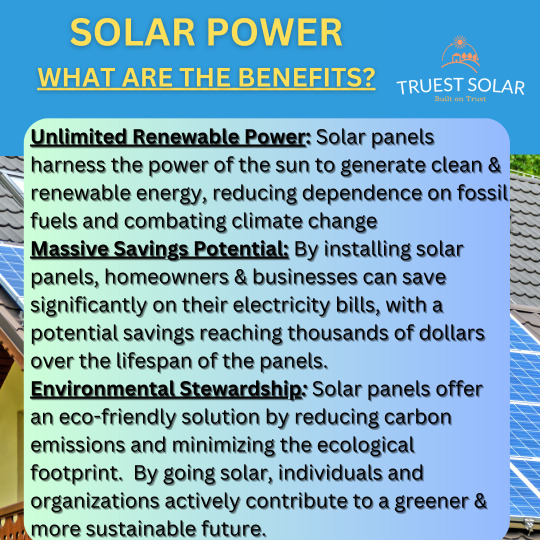
🌞 Renewable energy sources
🌞 Reduces electricity bills
🌞 Diverse applications
🌞 Low maintenance costs
🌞 Technology development
#solarenergy#solar#solarpower#solarpanels#renewableenergy#greenenergy#energy#cleanenergy#solarpanel#solarsystem#gogreen#gosolar#sustainability#energiasolar#solarpv#solarpowered#renewables#solarinstallation#sun#renewable#energia#environment#electricity#ecofriendly#sustainableenergy#climatechange#sunpower
2 notes
·
View notes
Photo
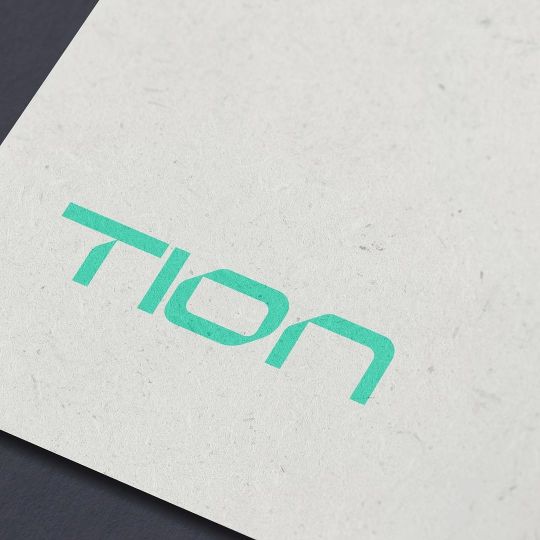
@fable_co A new brand name was imperative to better reflect Tion’s new proposition & positioning. The suffix ‘-tion’ composes the last four letters of “transition”, whilst commonly found in nouns of action such as “acceleration”, “innovation” & “motion”. Tion’ is memorable, modern & dynamic, & perfectly captured their progressive nature & agile approach, along with their purpose & virtues as a brand. . The Tion Renewables case study is now live on our website. Link in bio. . #brandstrategy #brandidentity #branding #rebrand #brandingagency #creativeagency #digitalagency #energytransitioncompany #energycompany #renewableenergylogo #renewableenergy #renewableenergycompany #logo #logodesign #logotype #futureinmotion #Germany #Munich #Greenenergy #Climateemergency #Climatechange #Greeninvestments #Energybranding #Investments #tionrenewables #tionrenewableenergy https://www.instagram.com/p/ClMmstFhmUQ/?igshid=NGJjMDIxMWI=
#brandstrategy#brandidentity#branding#rebrand#brandingagency#creativeagency#digitalagency#energytransitioncompany#energycompany#renewableenergylogo#renewableenergy#renewableenergycompany#logo#logodesign#logotype#futureinmotion#germany#munich#greenenergy#climateemergency#climatechange#greeninvestments#energybranding#investments#tionrenewables#tionrenewableenergy
8 notes
·
View notes
Text
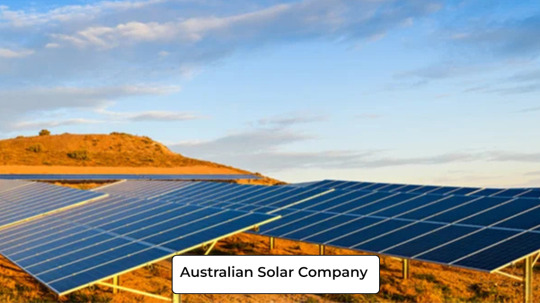
#solarenergy#solar#solarpower#solarpanels#renewableenergy#greenenergy#energy#cleanenergy#solarpanel#solarsystem#gosolar#energiasolar#solarpv#solarpowered#solarinstallation#sun#renewable#ecofriendly#sunpower
2 notes
·
View notes
Photo

If you’re ready to make the switch to solar and begin saving every month on your utility bill, visit cstu.io/bc8053 and let’s see if your home qualifies! energy power panels system panel
2 notes
·
View notes
Text
Optimizing Your Solar System Year-Round
As the Earth tilts and turns, the changing seasons can have a profound effect on the performance of solar power systems. From the height of summer to the depths of winter, a solar panel owner’s strategy must adapt to ensure their system is optimized throughout the year. Let's take a closer look into how each season affects solar output and how you can maximize your system's efficiency, regardless of the weather.
Summer: Sun’s Out, Panels Out
Summer often means longer days and more direct sunlight, which is excellent news for solar energy production. In the United States, the average solar panel efficiency can climb during these months due to increased insolation – a term that refers to the amount of solar radiation reaching a given area. The Solar Energy Industries Association (SEIA) reports that in peak summer, a well-positioned solar panel system can produce twice as much energy as during winter. However, extreme heat can sometimes decrease panel efficiency, a phenomenon known as temperature coefficient, typically resulting in a performance drop of about 0.5% for every 1°C above 25°C.
Fall: Preparing for the Pivot
As fall approaches, the sun’s angle begins to lower, and days get shorter, which can lead to a decrease in solar production. Despite this, cooler temperatures can enhance panel efficiency, slightly offsetting the loss from reduced daylight. It’s essential to prepare for leaf fall during this season, as debris can obstruct panels and impact performance. A National Renewable Energy Laboratory (NREL) study suggests that a single leaf on a panel can reduce power output by up to 10%.
Winter: Weathering the Cold
Contrary to what many assume, solar panels don't go dormant in winter. They can still produce significant energy, especially in areas with strong winter sunlight. Snow can even act like a mirror, reflecting light and potentially increasing performance on clear days. The key statistic to watch, however, is daylight hours. For instance, according to the U.S. Energy Information Administration (EIA), regions like the Pacific Northwest see a reduction of about 40% in solar radiation from November through February, affecting potential output.
Spring: A Time for Tune-Ups
Spring is often seen as a time of renewal, and for solar panel systems, it's an ideal period for maintenance to optimize energy capture. As days lengthen, your solar system's production will naturally increase. To fully capitalize on this, ensure your system is free from the winter’s accumulation of dirt and debris. Data from the Department of Energy indicates that a clean solar panel is approximately 21% more efficient than one covered in the season’s grime.
Year-Round Maintenance and Monitoring
Regular maintenance is crucial for keeping your solar power system at peak performance. It’s advisable to check your system's output against benchmarks provided by your installer or local averages. Most modern systems come with apps or monitoring software, enabling you to track energy production in real-time and notice any significant discrepancies that may indicate an issue.
Utilizing Battery Storage
To truly optimize your system year-round, consider integrating battery storage. This allows you to capture excess energy during peak production times and use it when the sun isn’t shining. For example, Tesla’s Powerwall reports that, when used effectively, battery storage can increase the self-consumption of solar power from 30% to upwards of 70%.
Embracing Energy Efficiency
Lastly, optimizing a solar system isn’t just about maximizing production; it’s also about minimizing consumption. Implementing energy efficiency measures within your home can significantly impact how much solar power you need to meet your energy demands. The EPA suggests that for every kilowatt-hour of solar energy used efficiently, a typical system’s return on investment can improve by 5-10%.
By understanding and adapting to the seasonal shifts in solar production, you can ensure your system is not only effective but also contributes to a sustainable future all year round. Whether you’re dealing with the abundance of summer sun or the scarcity of winter light, these strategies will help you stay powered through every season.
#solarpanels#solar#solarenergy#photovoltaics#solartechnology#renewables#sustainability#greenenergy#cleanenergy#residentialsolar#solarathome#energyefficiency#solarroi
4 notes
·
View notes
Photo

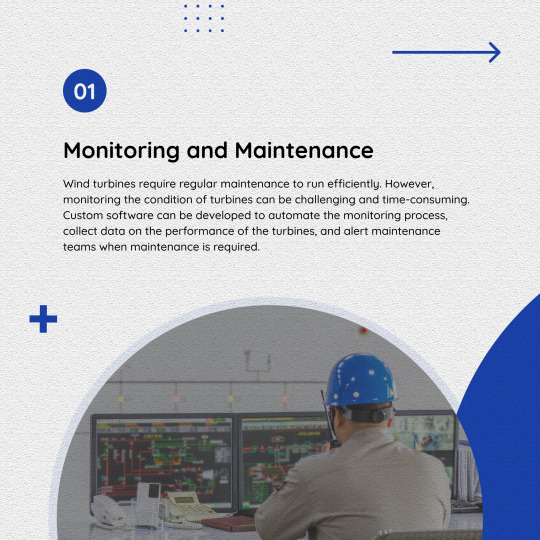
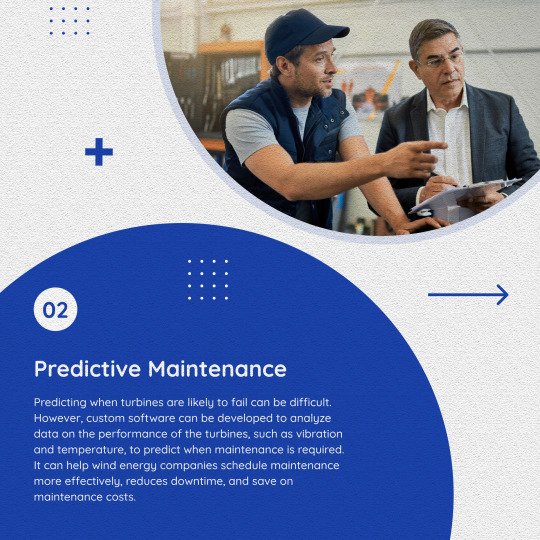

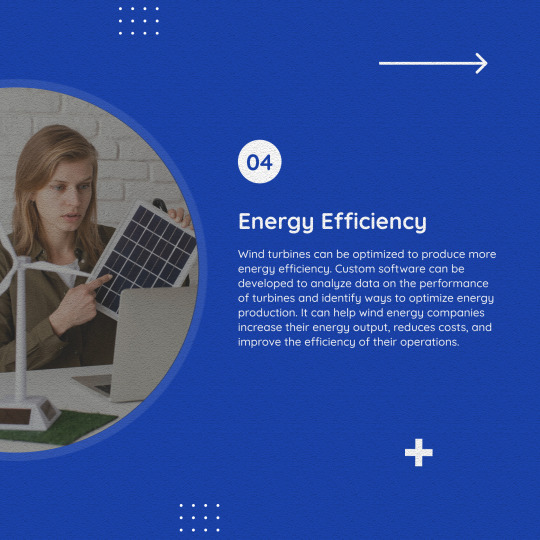
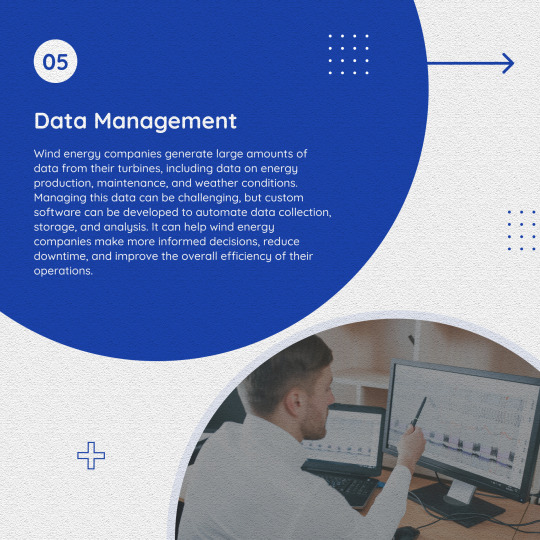




Stay ahead of the curve and meet industry standards with ease! Our custom software solutions, expertly crafted by Mobio Solutions, are the perfect tool for wind energy companies looking to stay compliant. Let us help you streamline your regulatory processes and focus on what matters - providing clean energy to the world.
#customsoftware#softwaresolutions#windenergy#renewableenergy#greenenergy#appdevelopment#customsol#compliancemadeeasy#energy#Mobio Solutions
6 notes
·
View notes